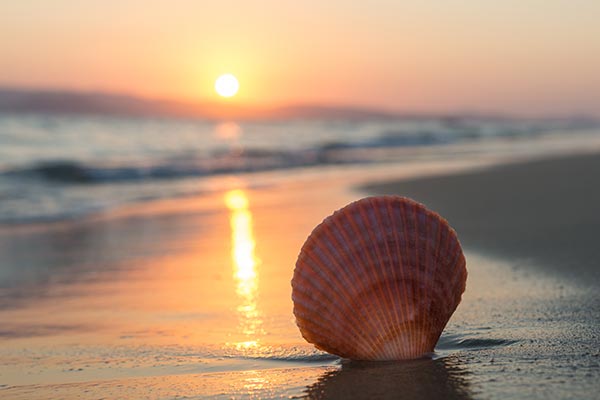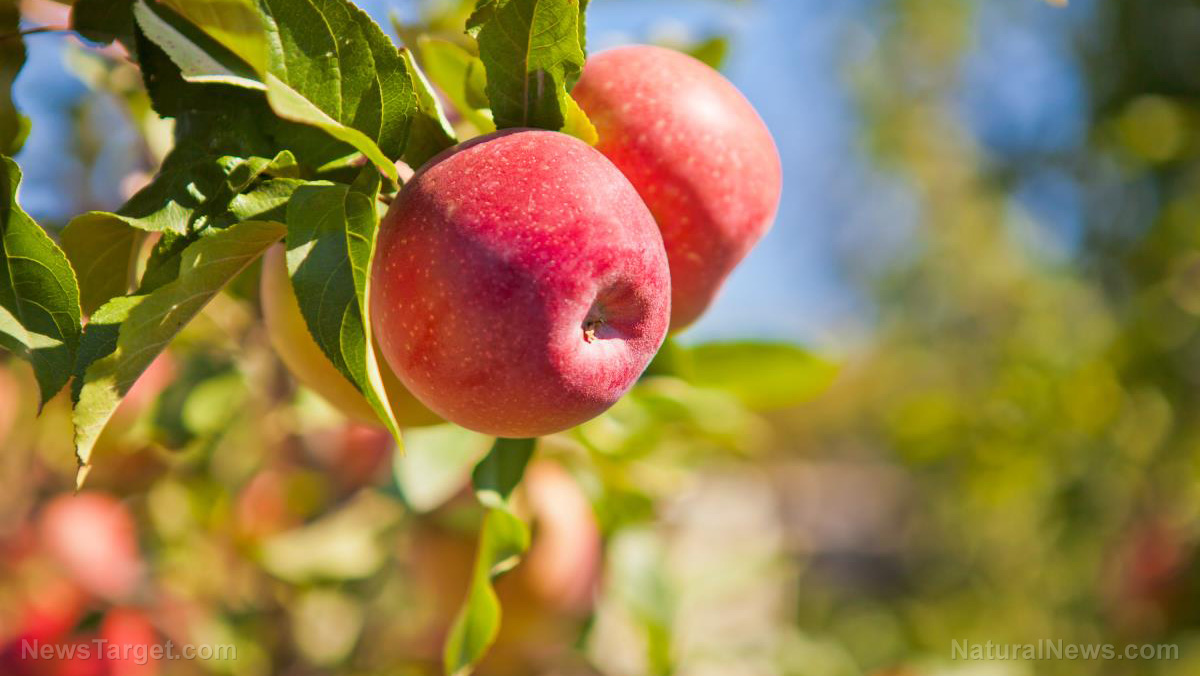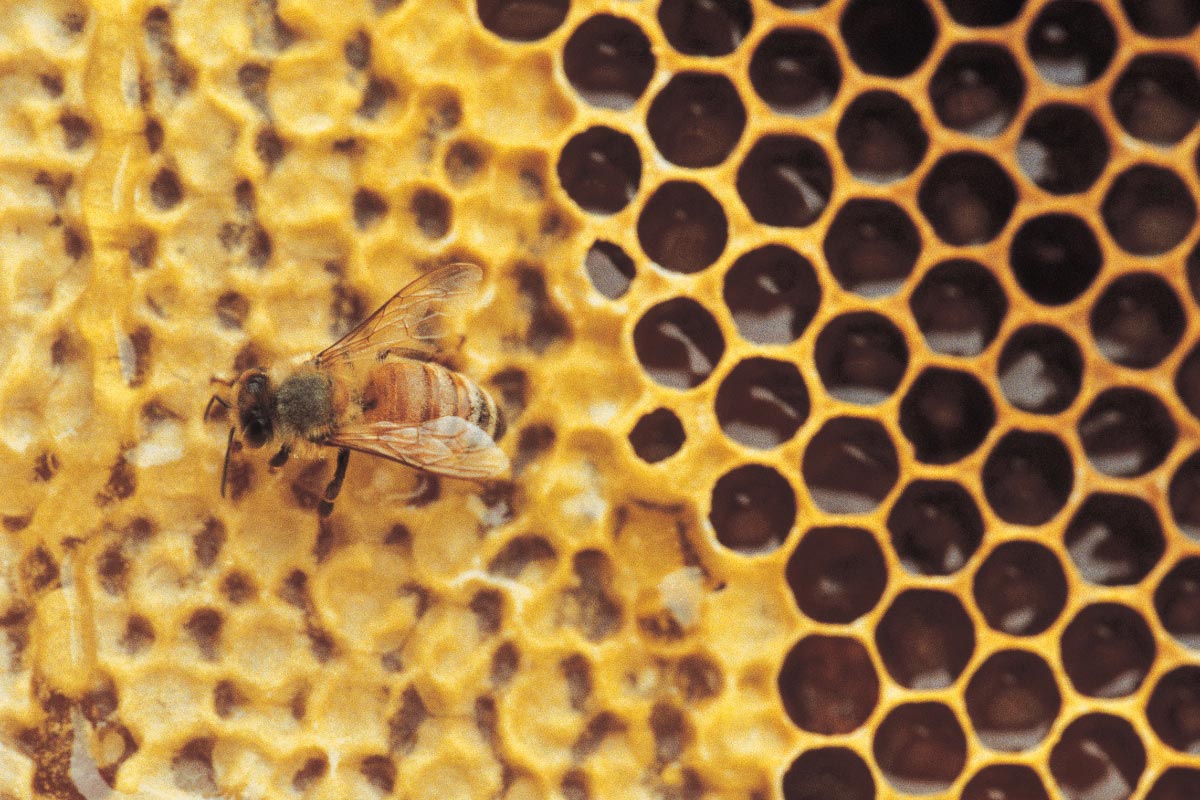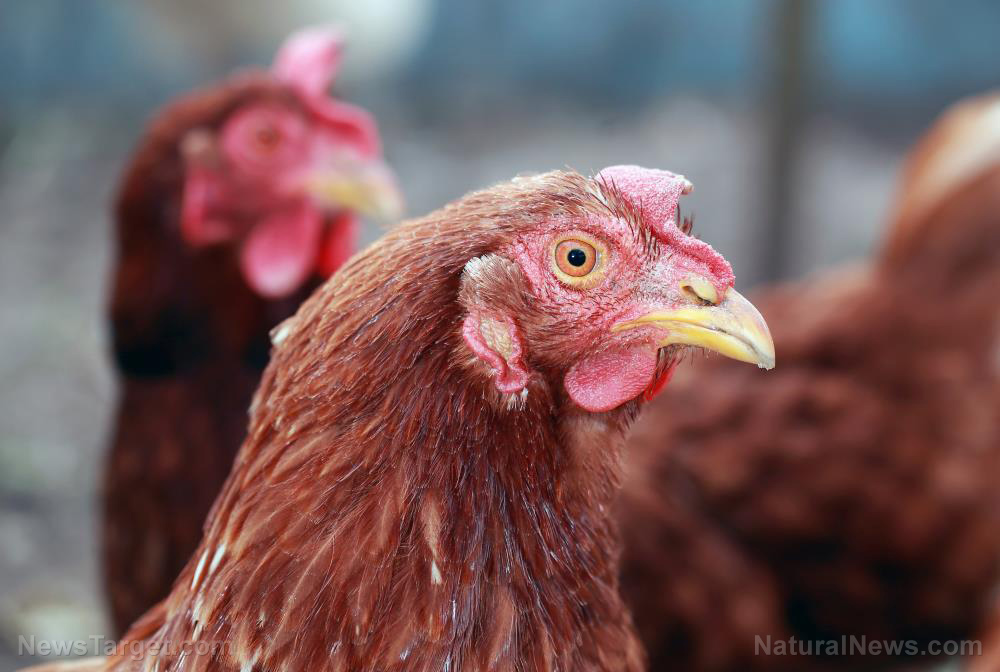Study: Albatrosses can dive up to 62 feet under water to hunt prey, more than twice as deep as previously thought
05/27/2022 / By Zoey Sky

A study has revealed that black-browed albatrosses can dive up to an impressive 62 feet (19 meters) into the sea to hunt prey, which is more than twice the depth previously thought.
The study, which was published in the journal Current Biology, was led by zoologist Oliver Padget of the University of Oxford and his fellow researchers from the University of Lisbon and the British Geological Survey.
For the study, the researchers used accelerometers, depth sensors and GPS to study the black-browed albatross population on New Island in the Falklands. They monitored the birds as they flew to the South American coast.
Black-browed albatross facts
A black-browed albatross is mostly white with yellowish-orange webbed feet, grey highlights on its head and wings and a bright yellow beak. A distinct black eyebrow gives them their name.
Of the 24 albatross species, the black-browed albatross is one of the smallest. An adult bird can only grow up 80 to 95 cm in length, with a wingspan of 210 to 250 cm and a weight of three to five kilograms.
The birds fly fairly low and they take food from the sea surface or just below. Occasionally, black-browed albatrosses will plunge from heights of up to nine meters.
Black-browed albatrosses mostly feed on krill and fish, with some cephalopods and jellyfish. The birds also feed on salps, which look like jellyfish but are a member of the Tunicata, a group of animals also called sea squirts.
Black-browed albatrosses may travel long distances to find food, and foraging trips can take up to several days and take them hundreds of kilometers of flight.
According to earlier research, mollymawks (the name given to medium-sized albatrosses like black-browed albatrosses) only dive around 20 to 30 feet (six to nine meters).
But during the study, the researchers discovered that at least 50 percent of the black-browed albatrosses studied could dive deeper than 33 feet (10 meters). Some birds even reach nearly twice this depth.
Understanding unobserved behavior key to conservation
Padget advised that a closer understanding of the unobserved behavior of the black-browed albatross and other endangered seabirds is important for conservation efforts.
The researchers reported that at least 15 of the 22 albatross species are currently at risk of extinction. Over the last few decades, populations have also plummeted.
One key driver of albatross species decline has been how the seabirds are often caught in the hooked, baited fishing longlines used to catch large ocean-going fish like tuna.
Previously, albatrosses have been considered as only surface feeders. (Related: Antarctic petrels (birds) mysteriously disappear from Svarthamaren Mountain.)
With the data from the recent study on black-browed albatrosses showing that the birds are physically capable of much deeper dives, experts now also have to consider their diving abilities when thinking about “the effectiveness of mitigation strategies that rely on the species being restricted to the surface.”
The team also added that the black-browed albatrosses do not dive at night. which implies that the birds rely on their vision to target shoals of fish at depth. Padget suggested that pelagic long lines could be set at night when albatross might be less likely to chase baits and get caught.
Tim Guilford, a study author and animal behavior expert from the University of Oxford, suggested that diving among black-browed albatrosses could be the result of previously unseen behavioral flexibility.
“The study findings may have important consequences for how people consider the risks to threatened species, and how they might respond to change,” concluded Guilford.
Visit Ecology.news to read more articles about unusual and impressive animal feats.
Watch the video below to know more about some interesting facts about wild birds.
This video is from the KC-Sunbeam channel on Brighteon.com.
More related stories:
Shorebird breaks record for non-stop flight after flying from Alaska to New Zealand.
More than 80% of bald and golden eagles in the US have RAT POISON in their systems, study shows.
POLLUTION PLAGUE: Coronavirus waste is harming animals around the world, from dogs to penguins.
Sources include:
Submit a correction >>
Tagged Under:
albatrosses, black-browed albatrosses, conservation, discoveries, Ecology, environment, extinction, ocean life, research, seabirds, weird science, wildlife
This article may contain statements that reflect the opinion of the author
RECENT NEWS & ARTICLES
COPYRIGHT © 2017 ENVIRON NEWS




















